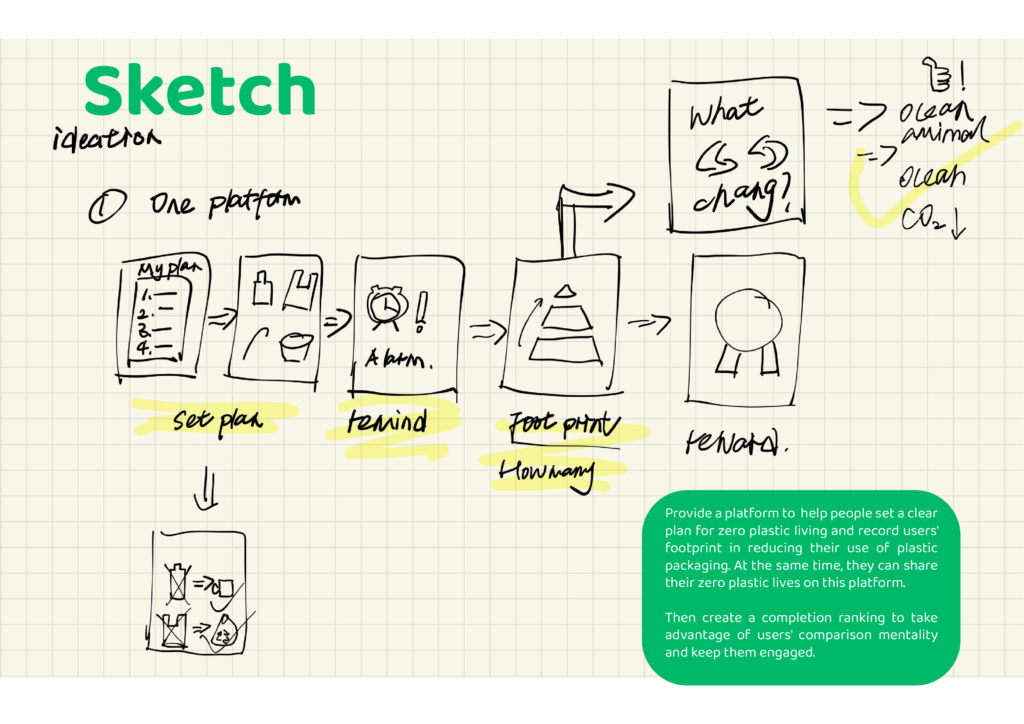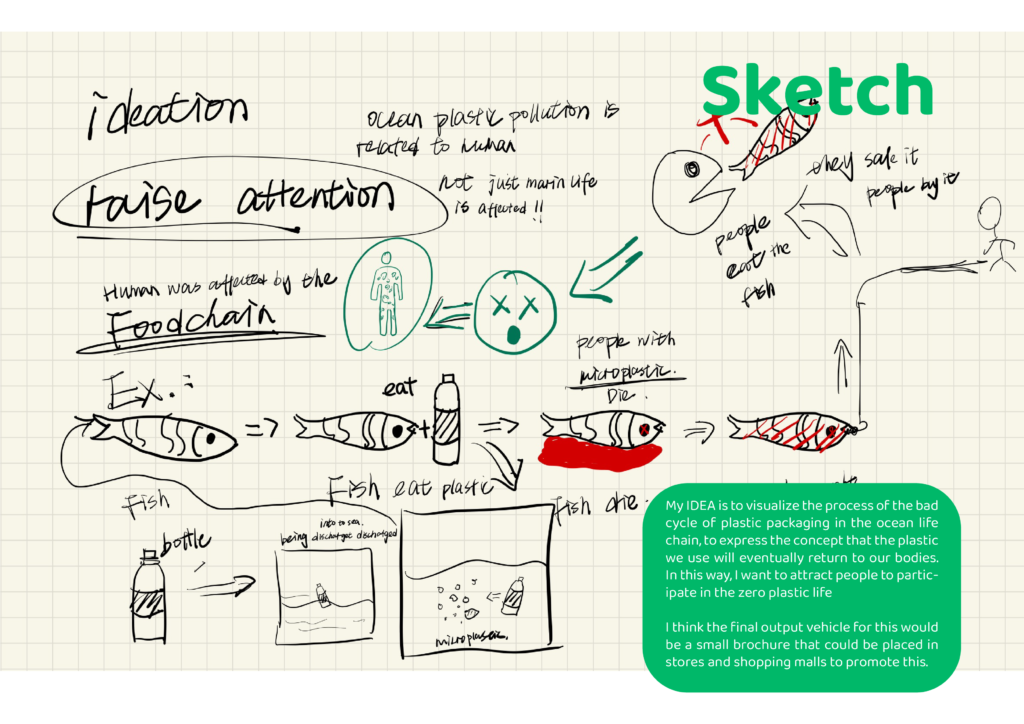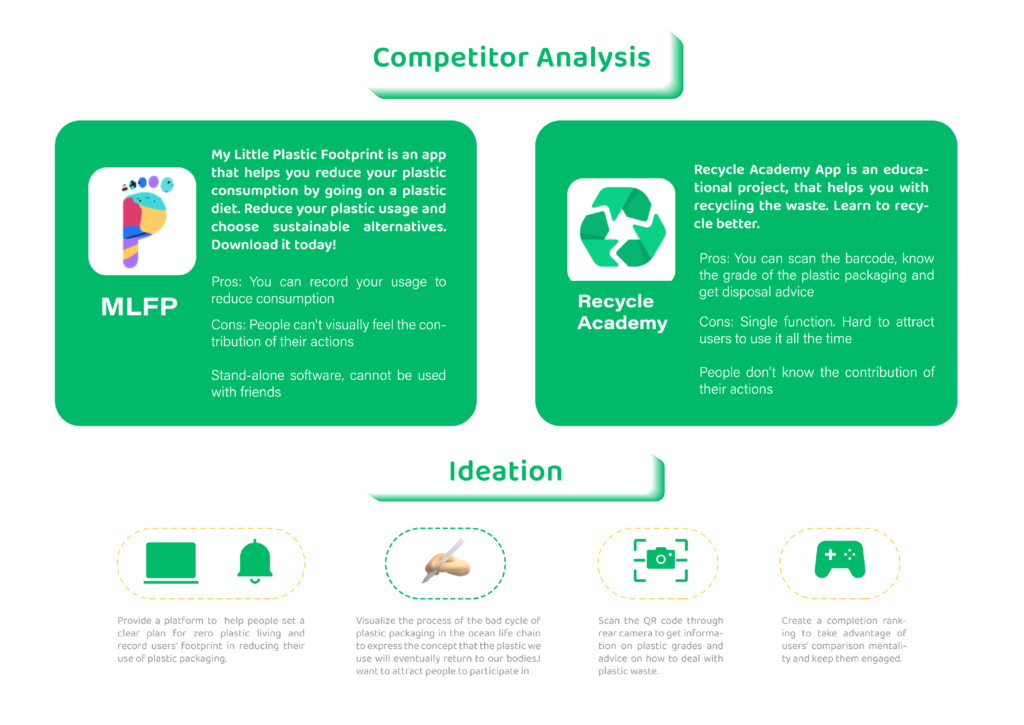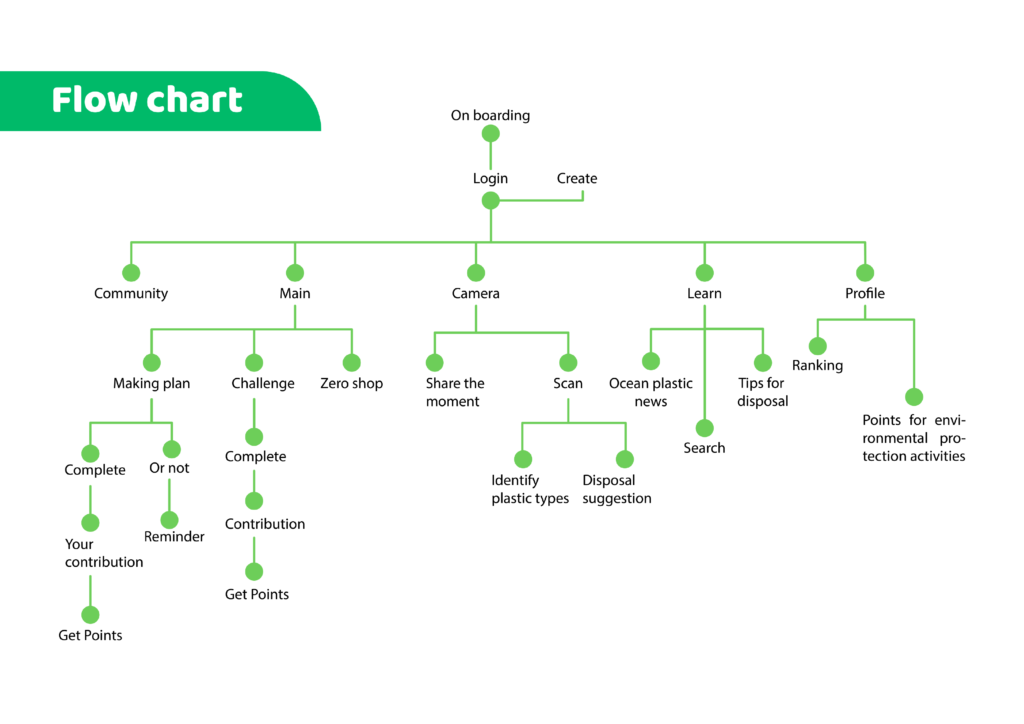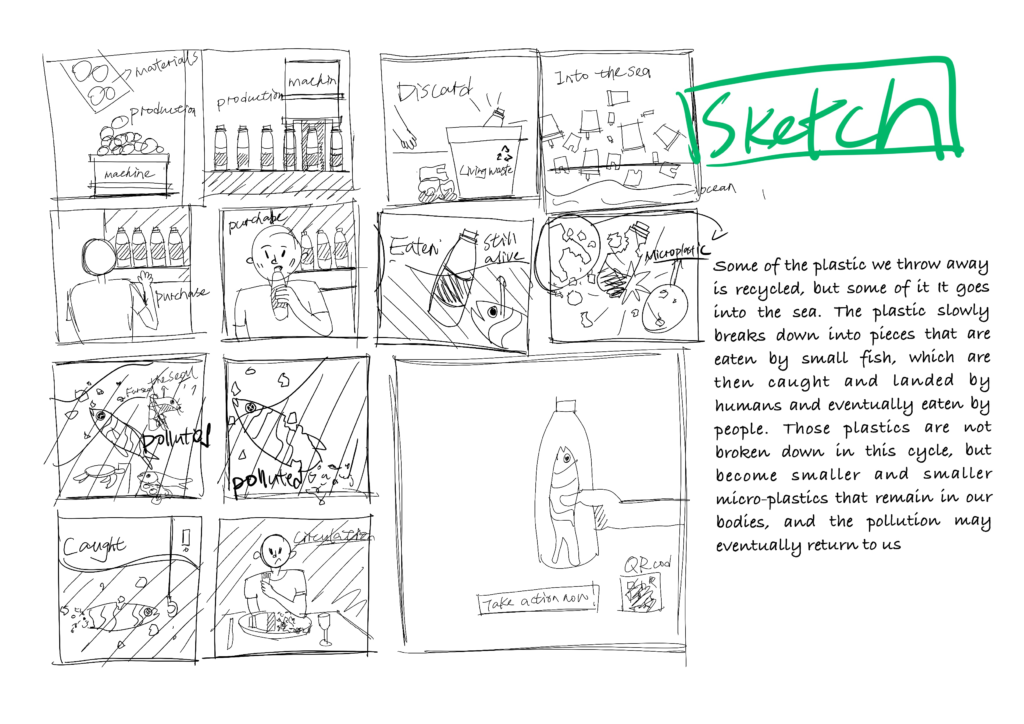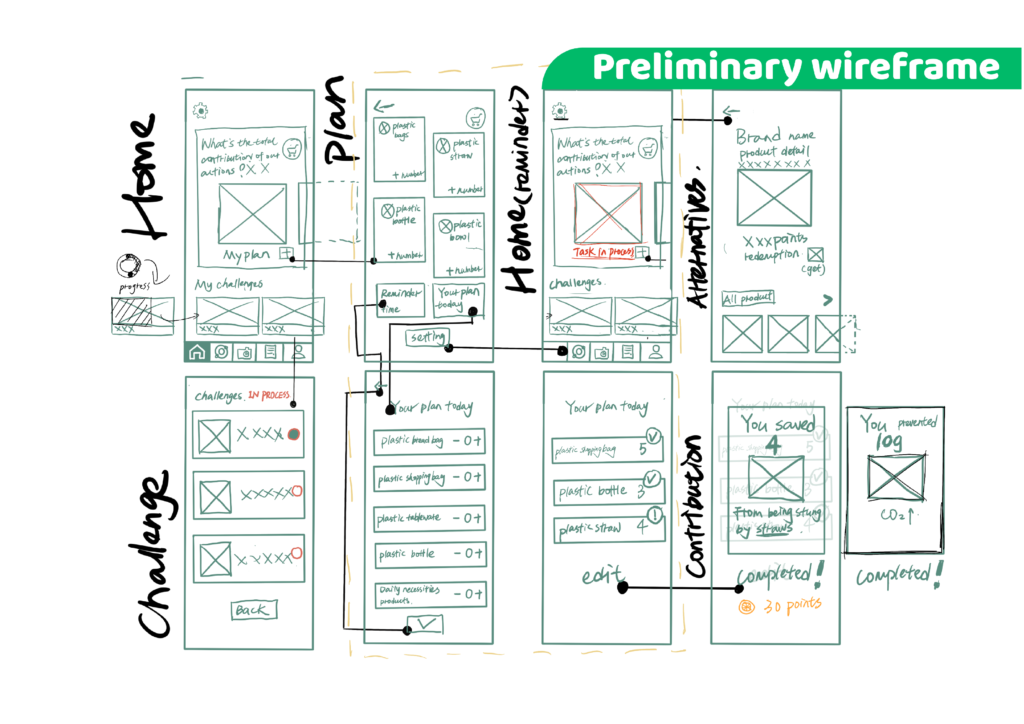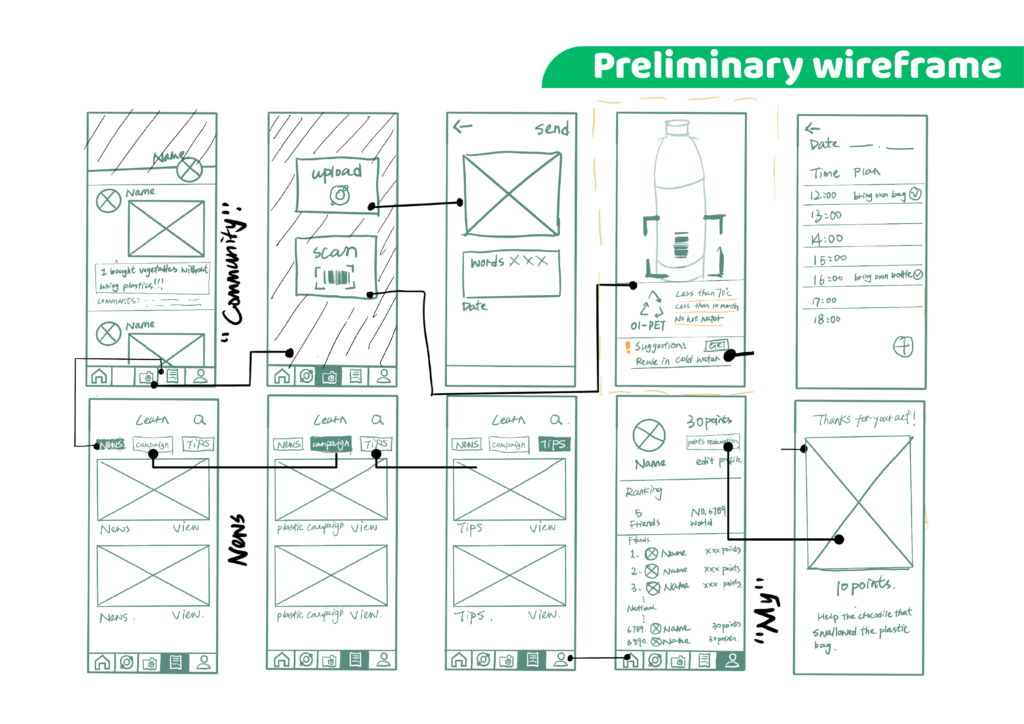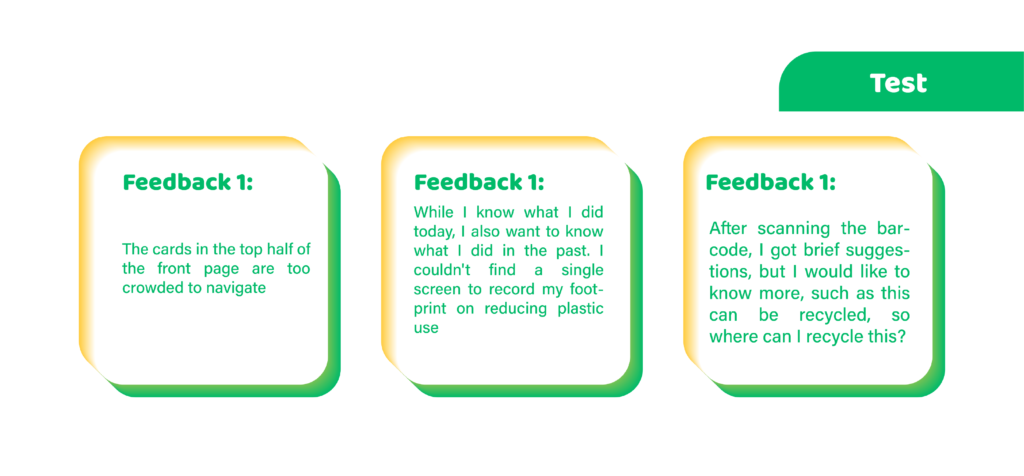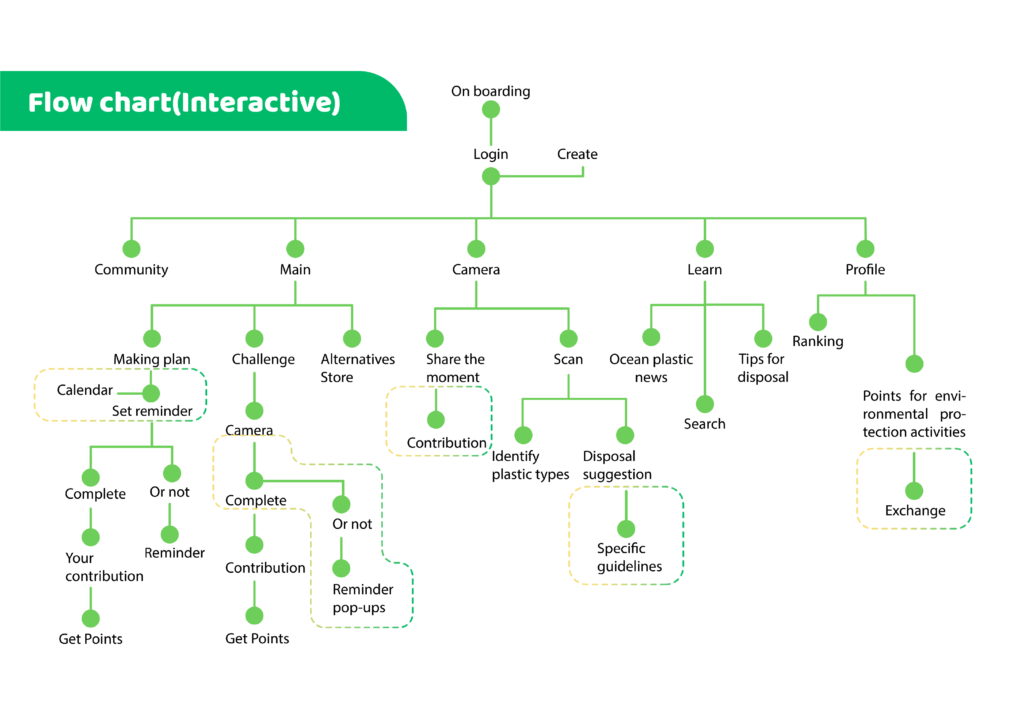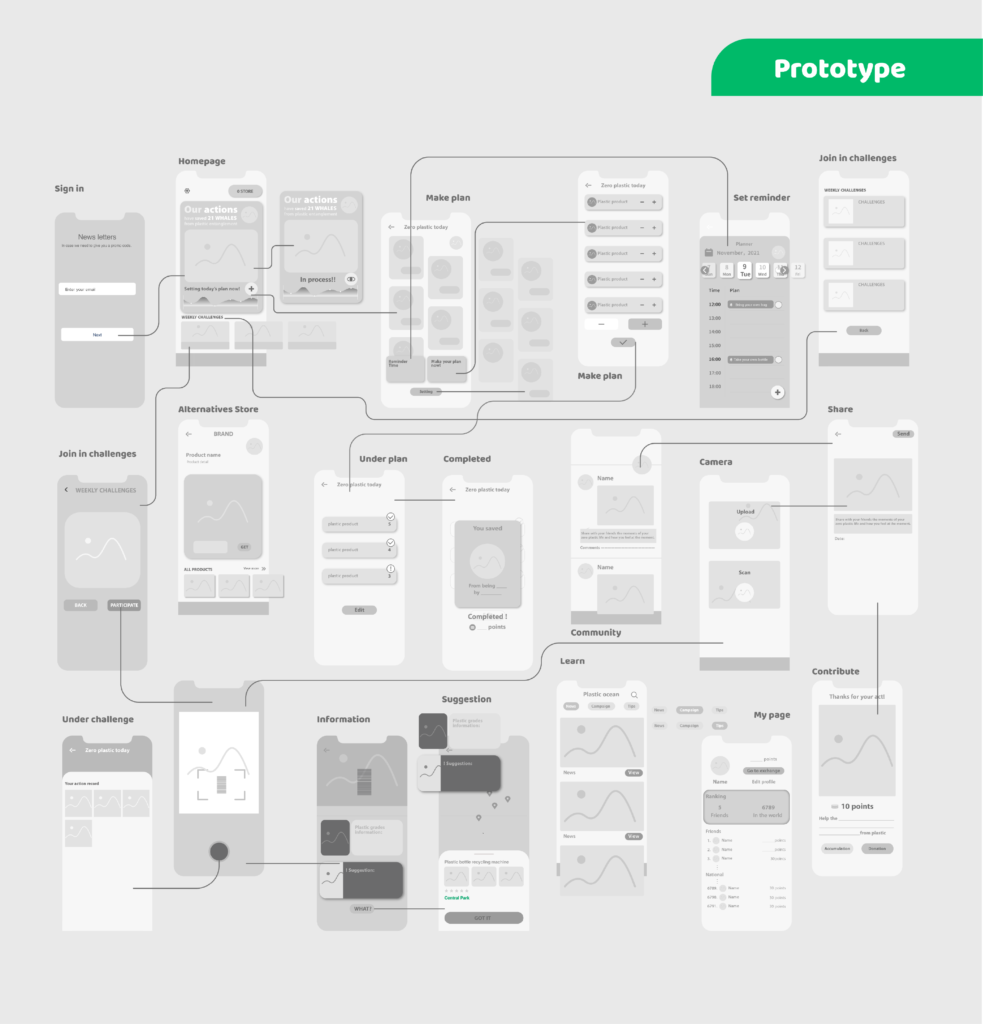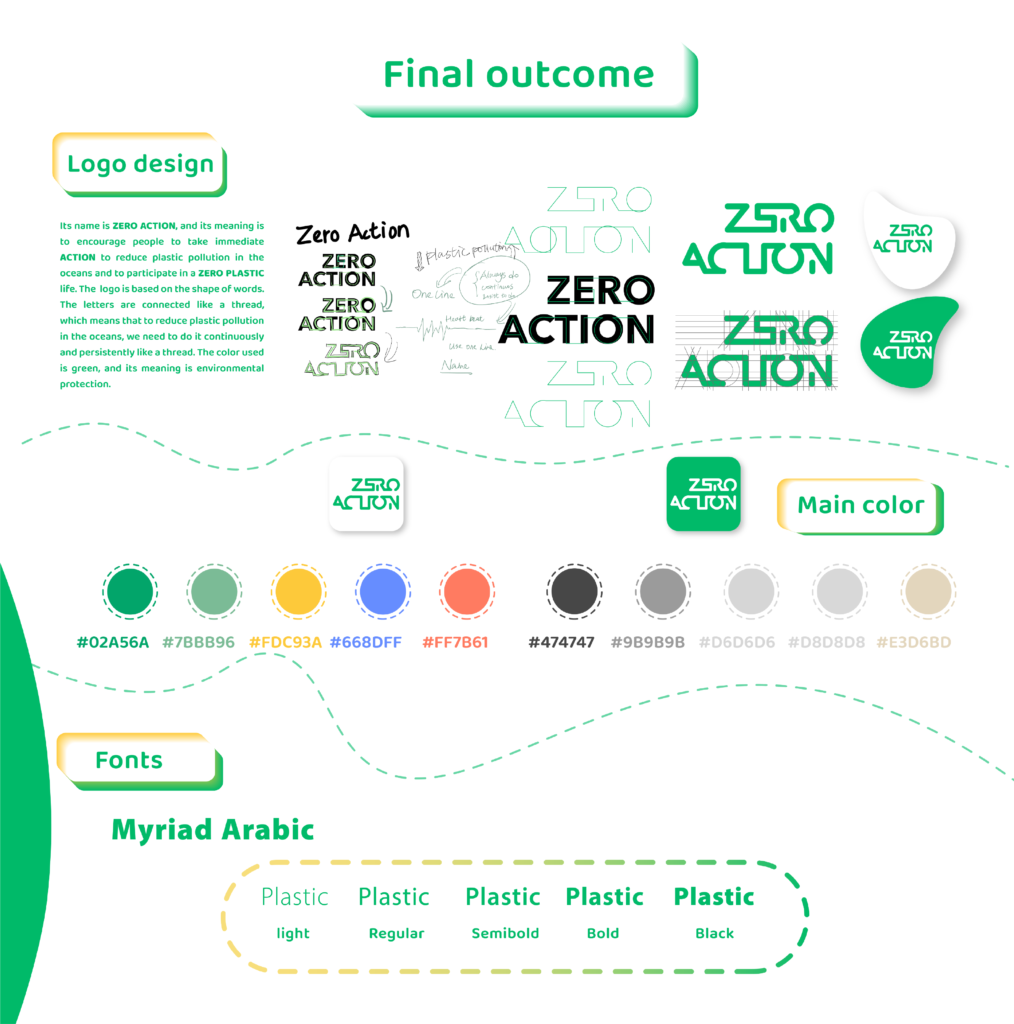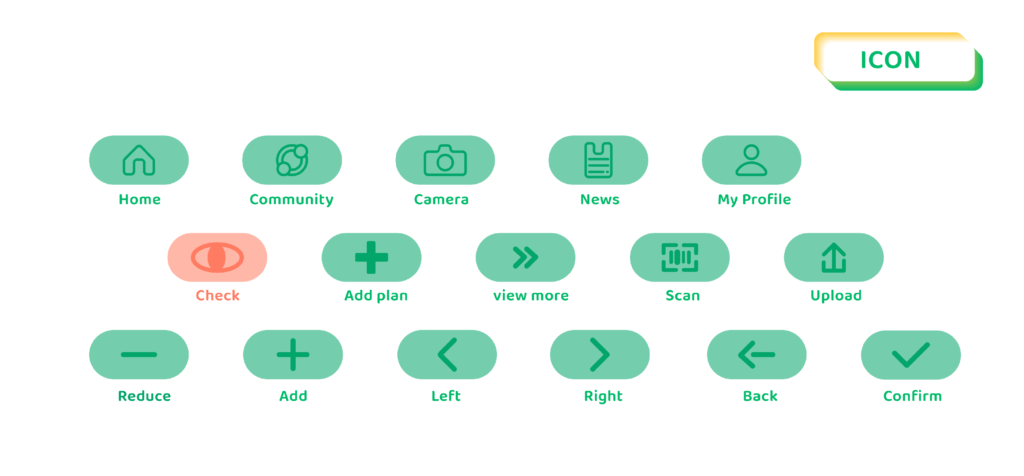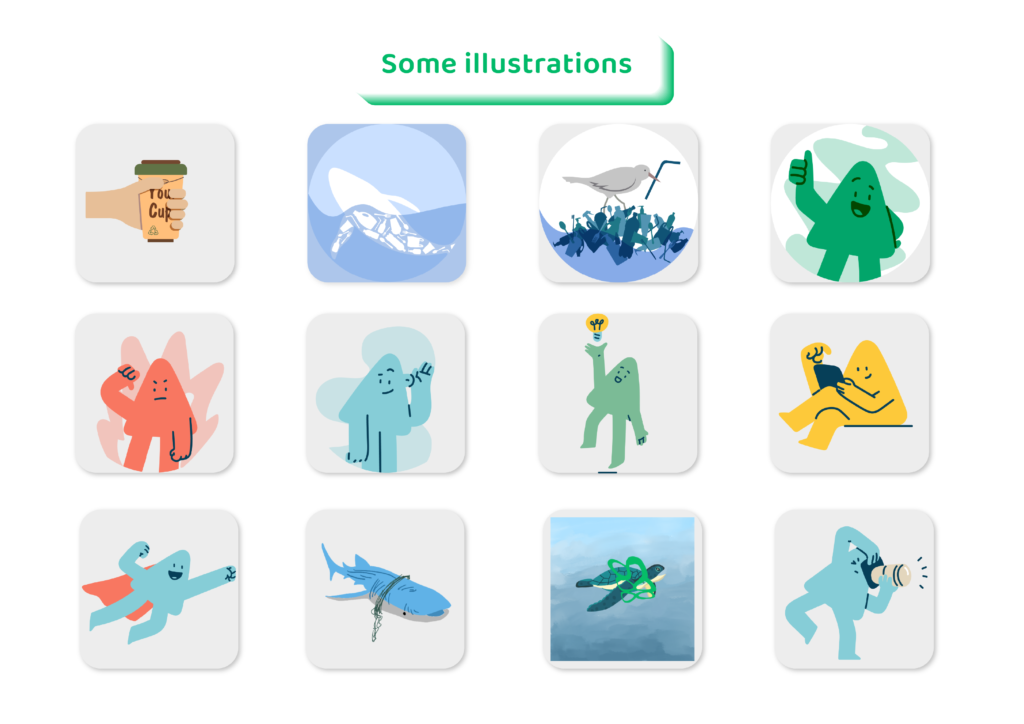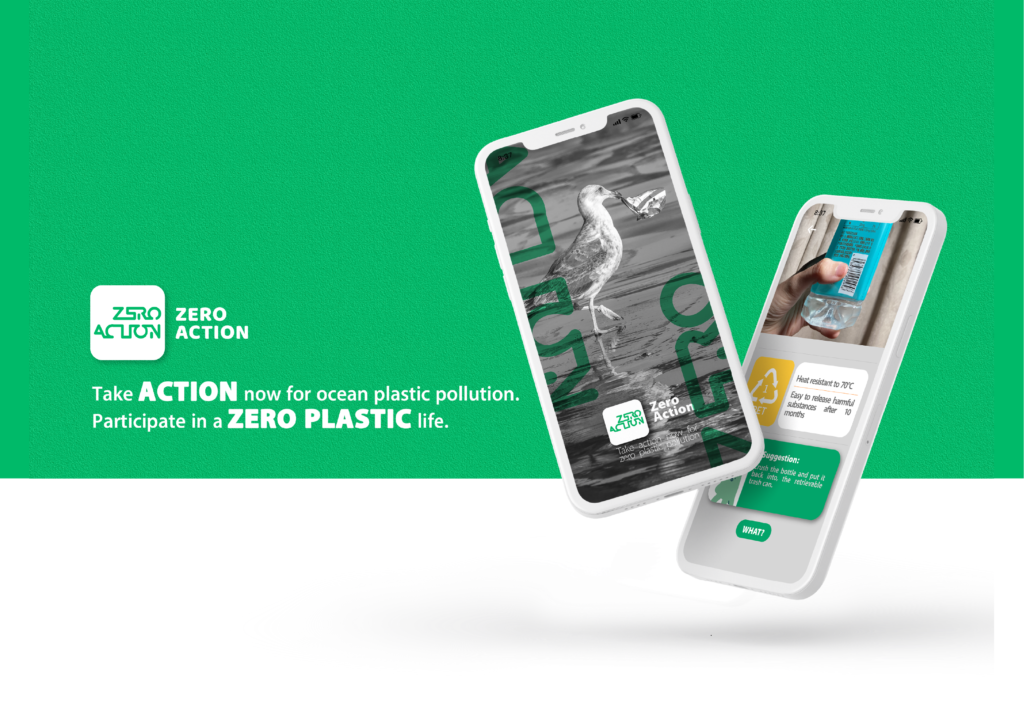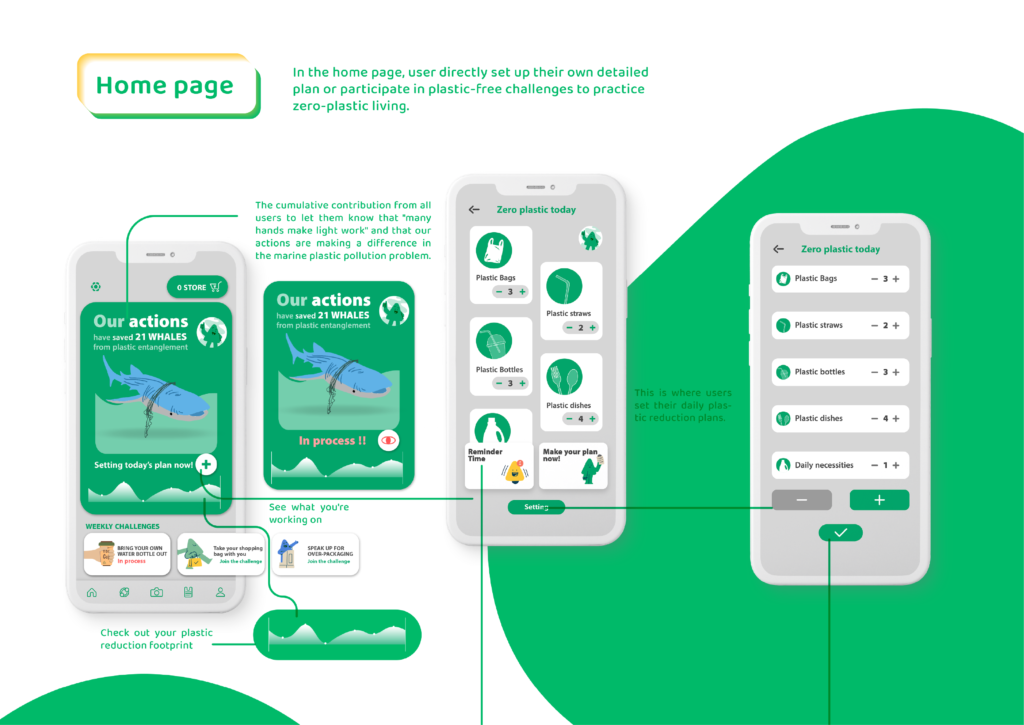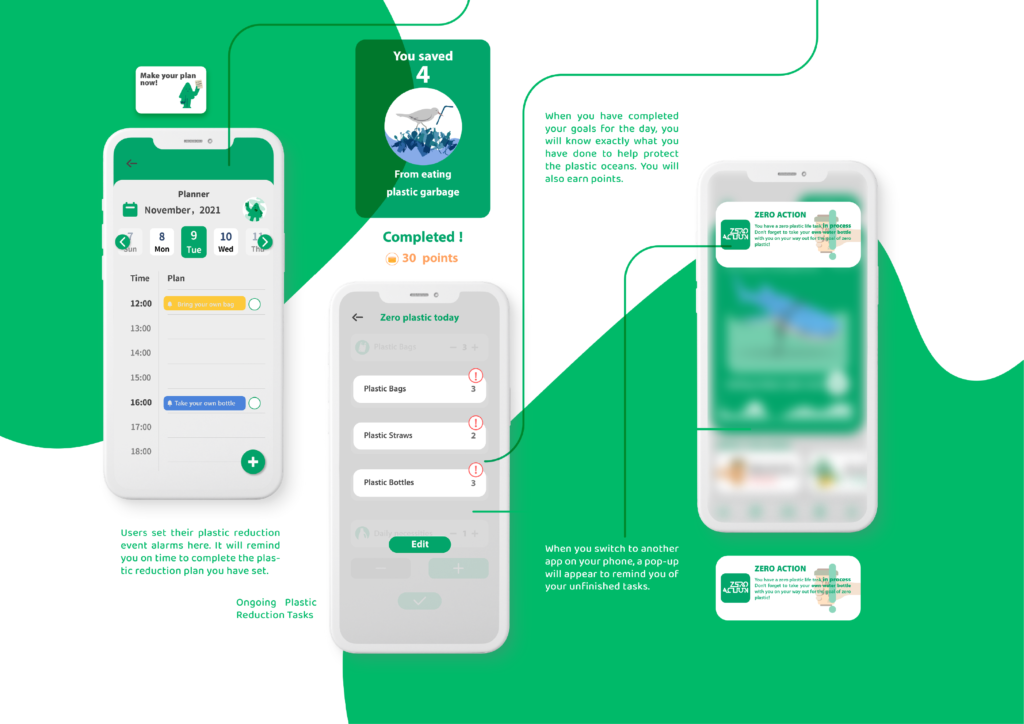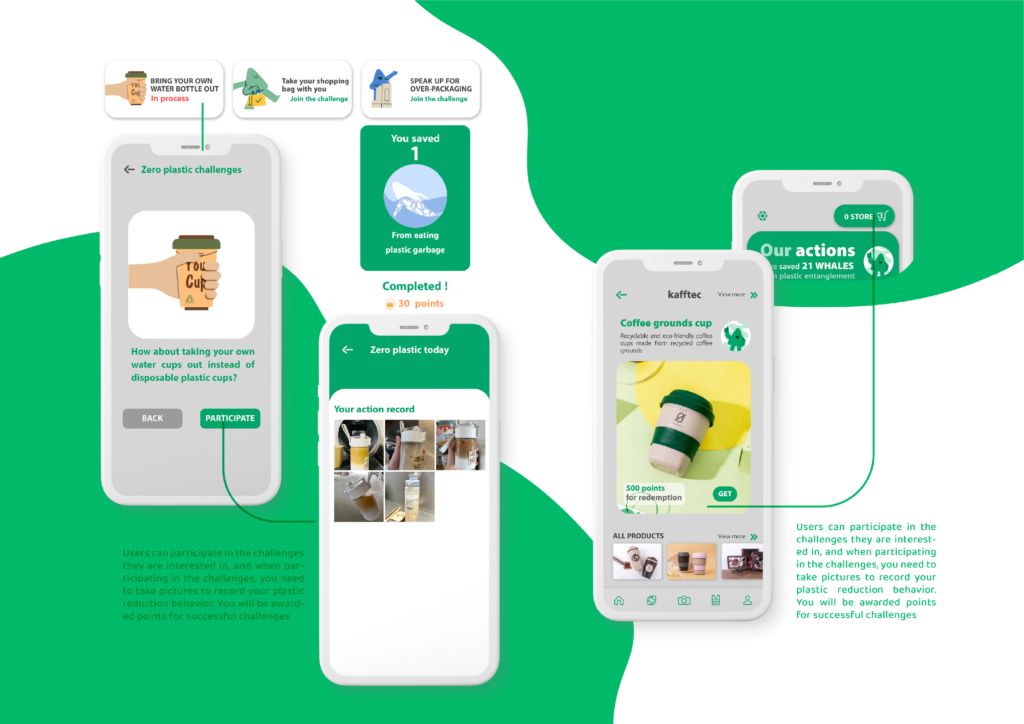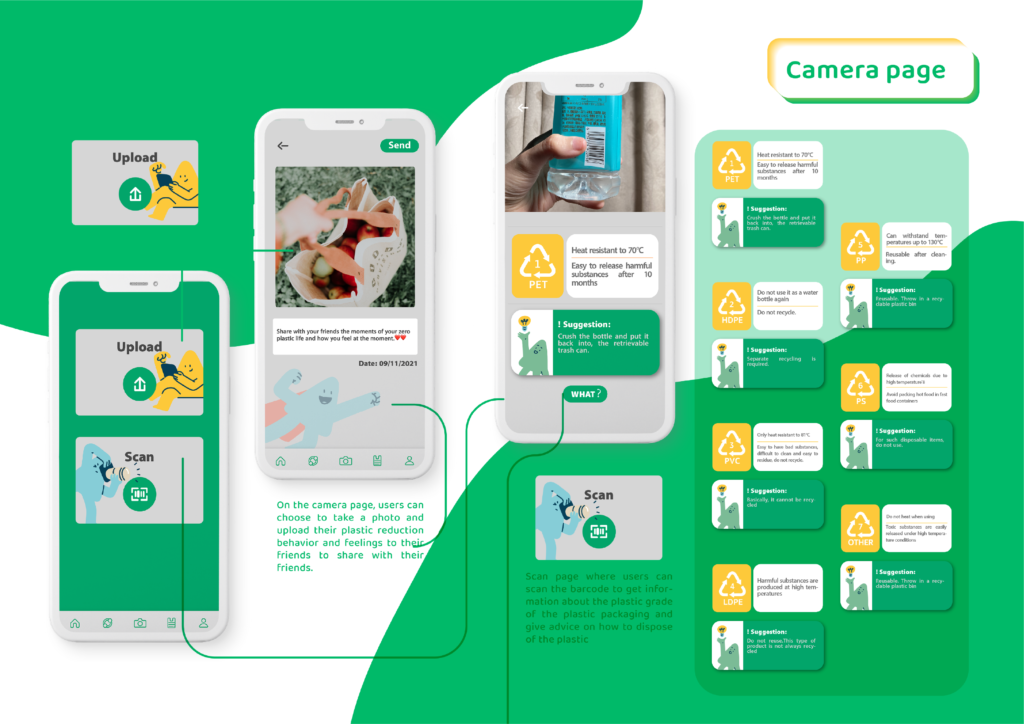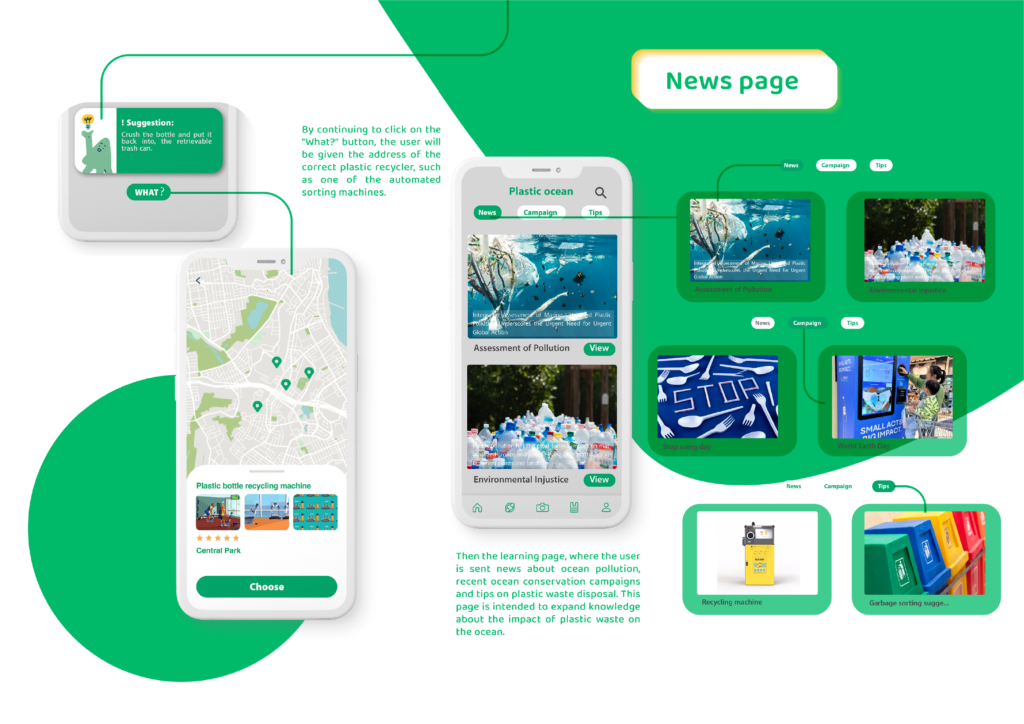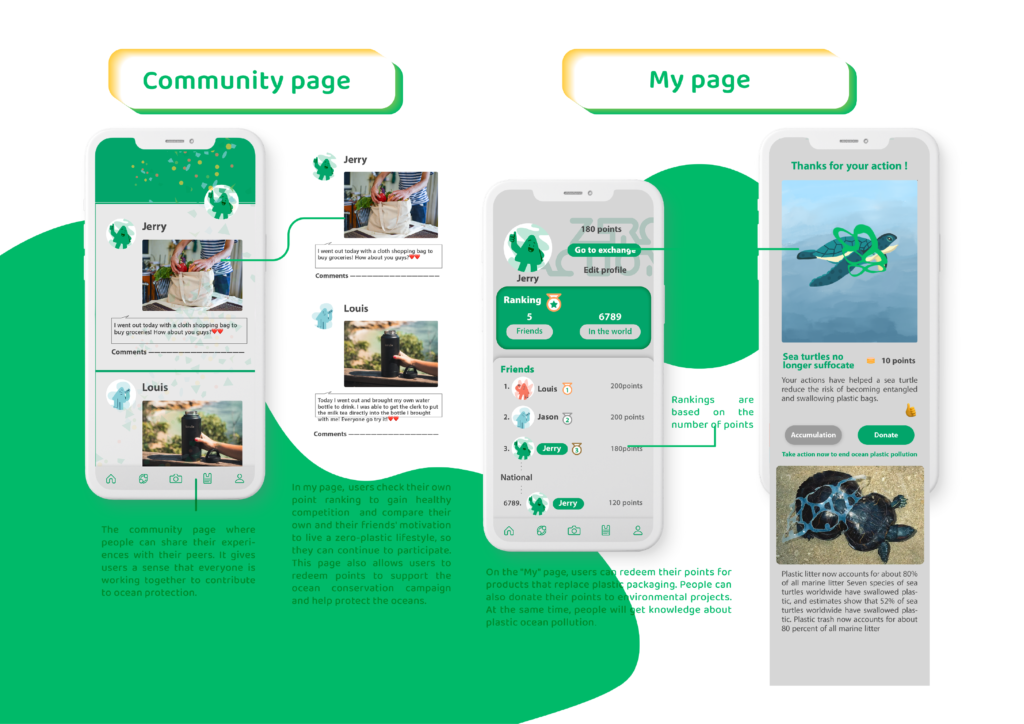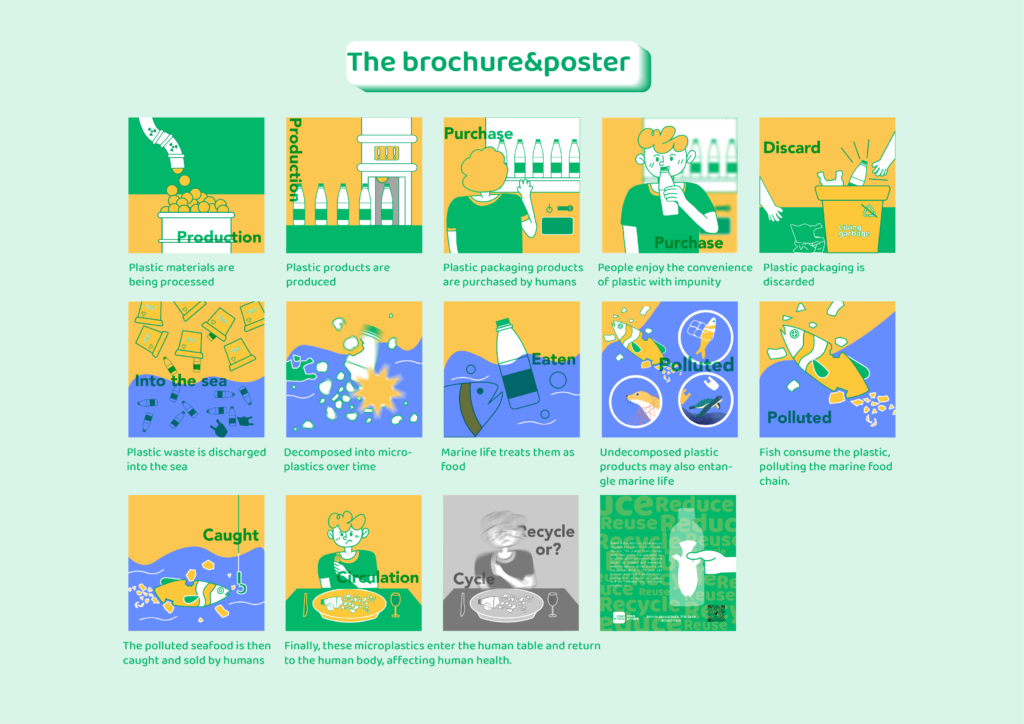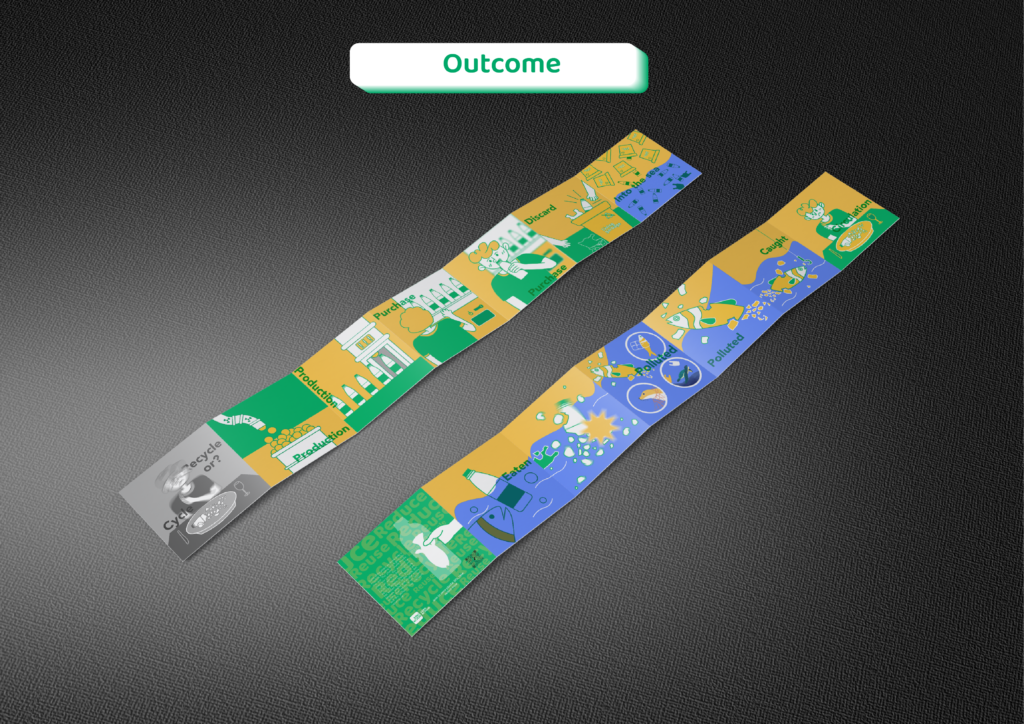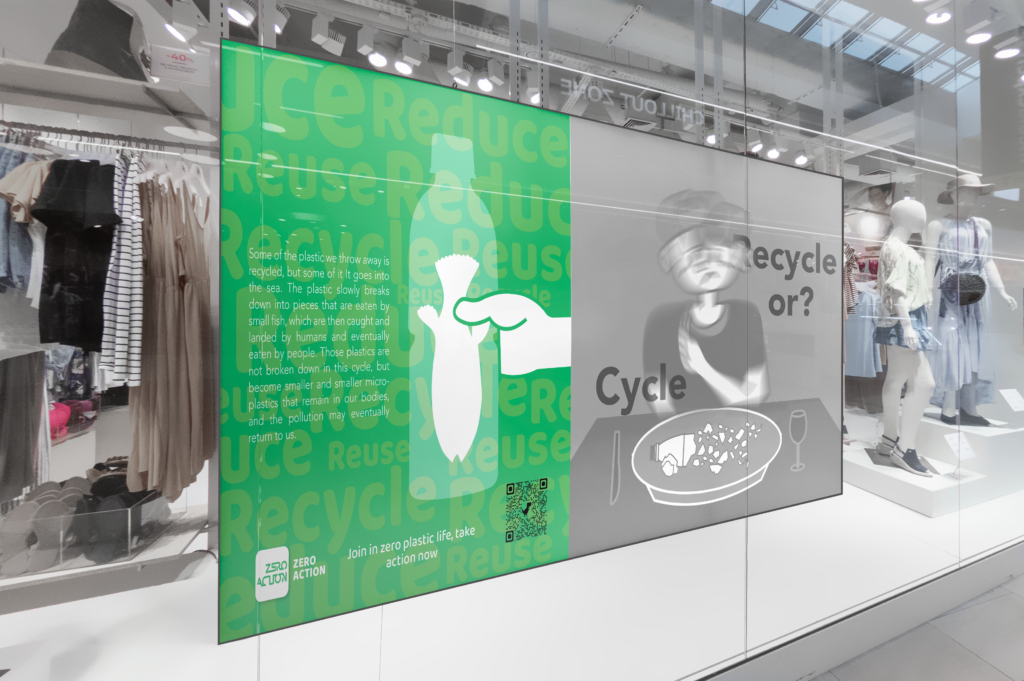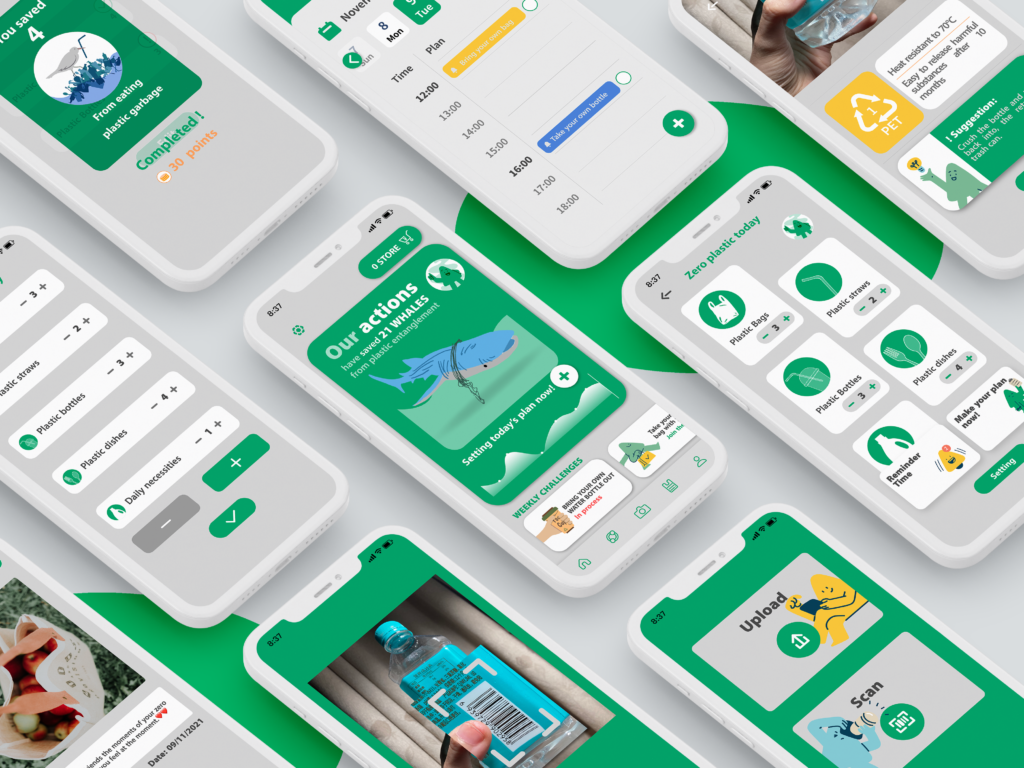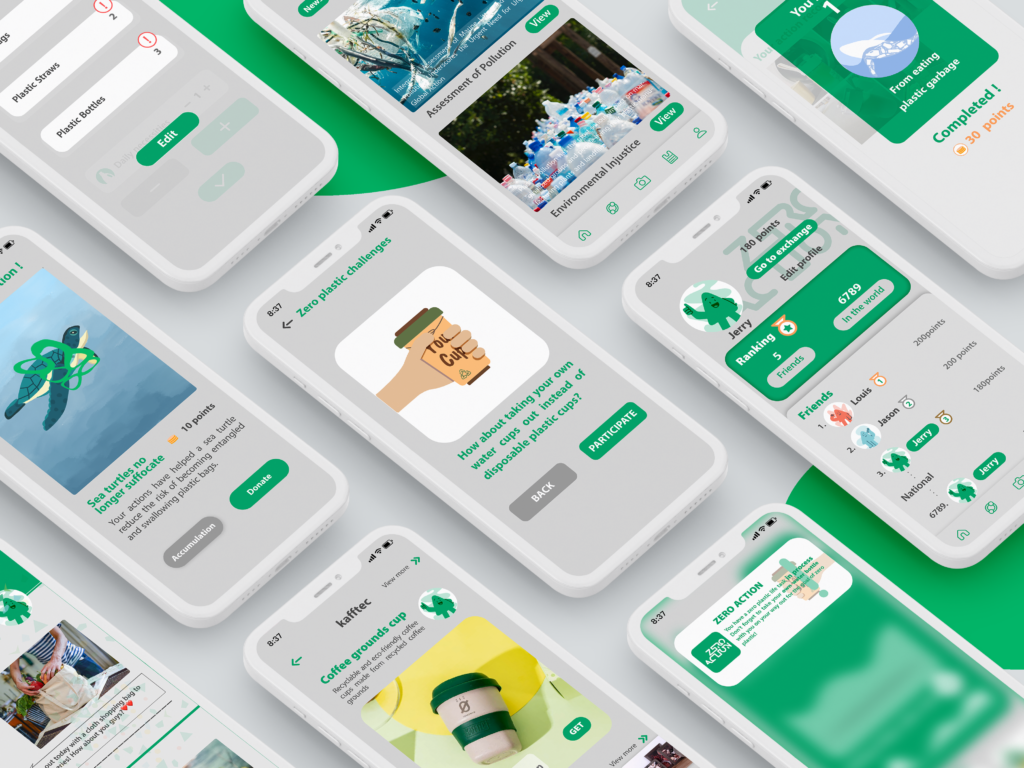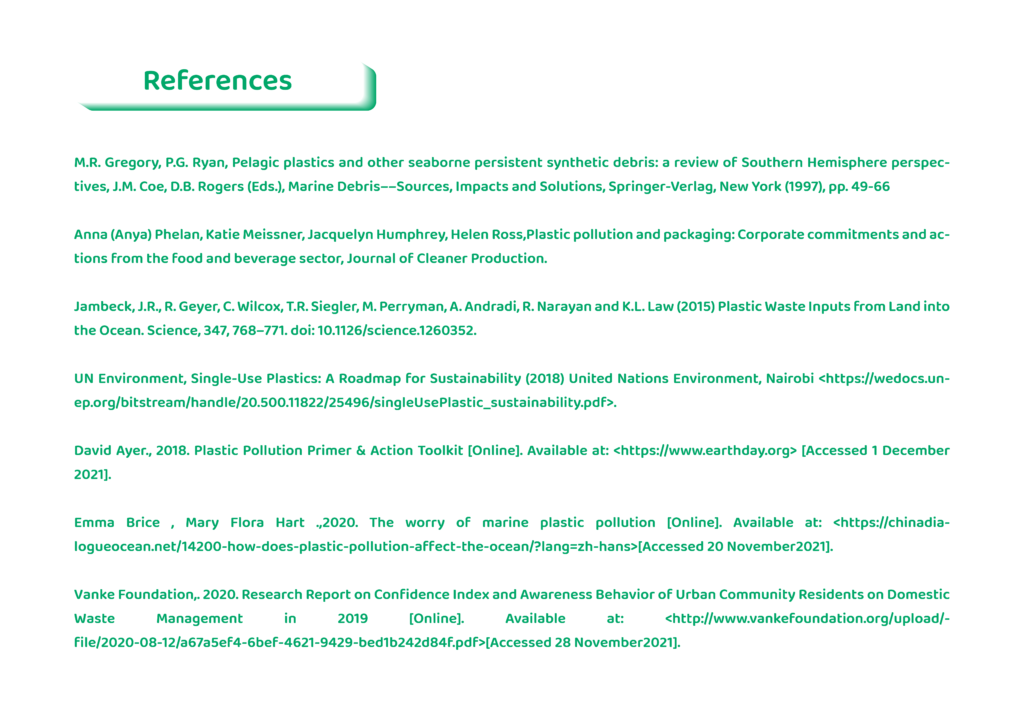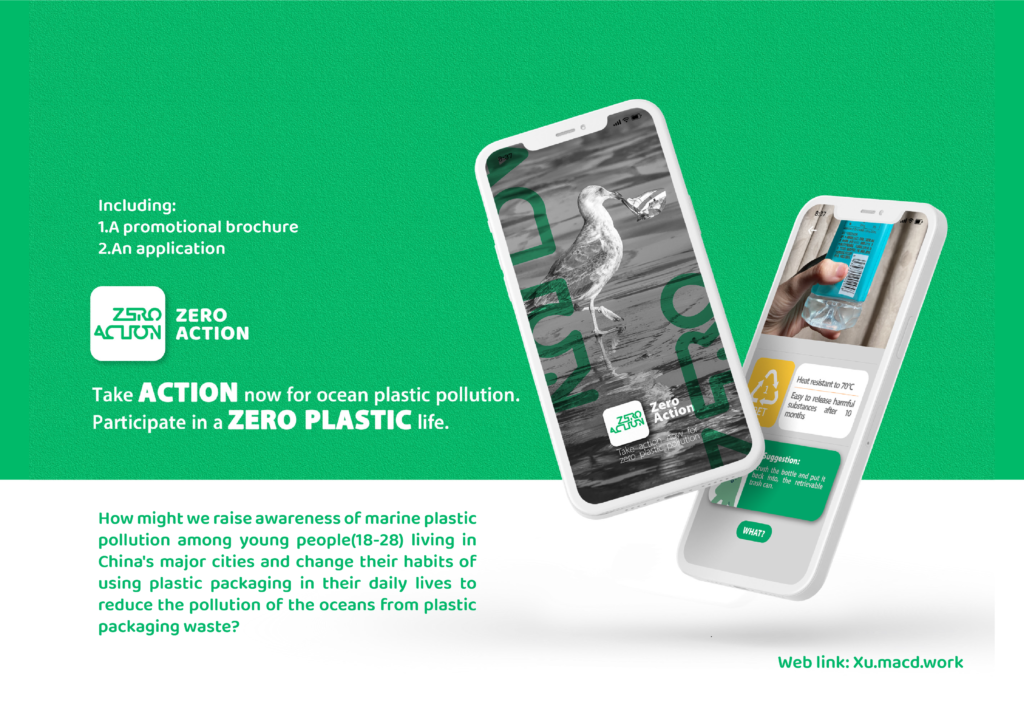
Today, 6.9 billion metric tons of plastic pollution have been produced by humans, and 79% of plastic waste products are deposited in landfills and the natural environment before sinking into the sea. The share of plastic in marine litter consistently varies between 60% and 80% of the total marine debris (Gregory and Ryan, 1997), most of which comes from food and beverage packaging. (Anna (Anya) Phelan, Katie Meissner, Jacquelyn Humphrey, Helen Ross,). So I have narrowed down plastic waste to plastic packaging waste
In 2010, China generated 1.32-3.53 million metric tons of ocean plastic waste and it was considered the largest contributor to such pollution (Jambeck et al., 2015). This explains the use of China as the research context for this project.
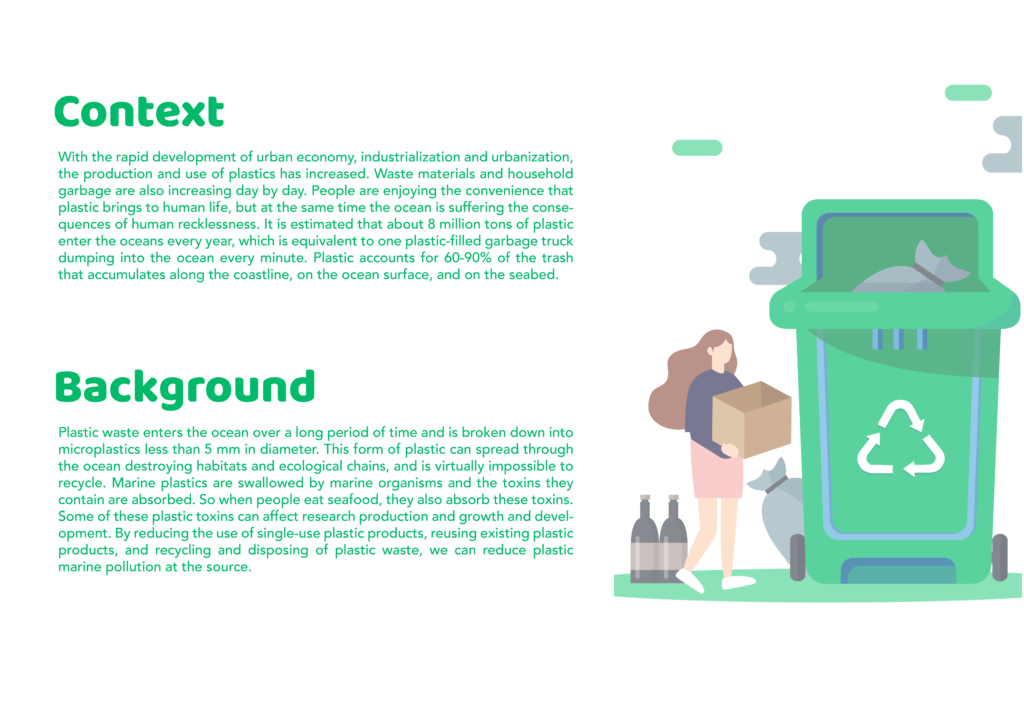
In my fourth project last semester, I researched the results of marine pollution caused by plastic waste.
The Earth’s marine life around us is entangled in plastic litter, especially “ghost fishing gear. In contrast, marine life suffers less from swallowing plastic: seabirds, turtles, fish and whales encounter plastic trash mistaking it for food, and the color and shape of the plastic resembles their objects. The surface also gathers some marine animals and algae, so that there will be some marine animals go to the great increase in the let beach. Because the stomach stuffed with plastic animals animals a feeling of satiety, so it is full of hunger. Various channels seep into the entire ecosystem. Researchers even, tiny creatures like coral polyps will regularly find plastic particles.
In addition, there will be plastic ocean adsorption floating in the pollutants, which themselves contain harmful chemicals. Preliminary studies have shown that once animals ingest these toxic particles, of their organs are damaged, they make more susceptible to disease, and their world power changes.
Marine plastics are swallowed by marine life and the toxins they contain are absorbed. So when people eat seafood, they also absorb these toxins at the same time.
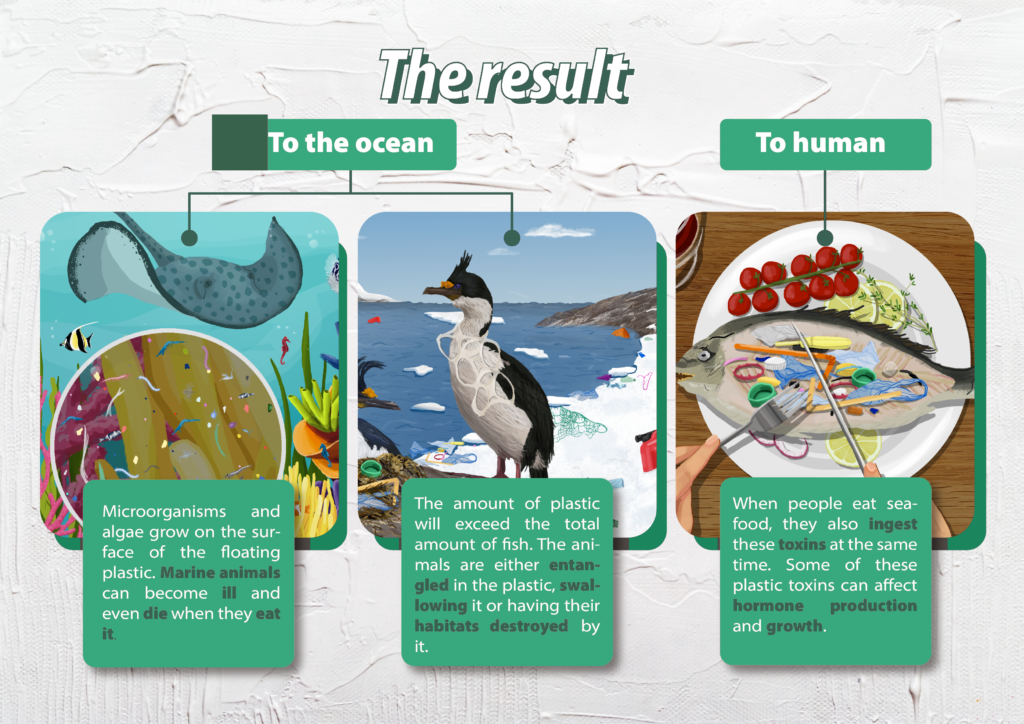
I researched the causes of this phenomenon. According to the New York Times, the rise of plastic packaging is the main reason for increased plastic products. The actual cause of today’s serious ocean pollution problem is human error, dominated by excessive packaging, disposable products, and random waste disposal. This shows that we need to start from human consumption habits, behaviors and waste disposal methods to improve this phenomenon.
So I did a research on people’s behavior (psychology, why?) in buying plastic packaging products , and the way they dispose of plastic packaging waste after they have used it.
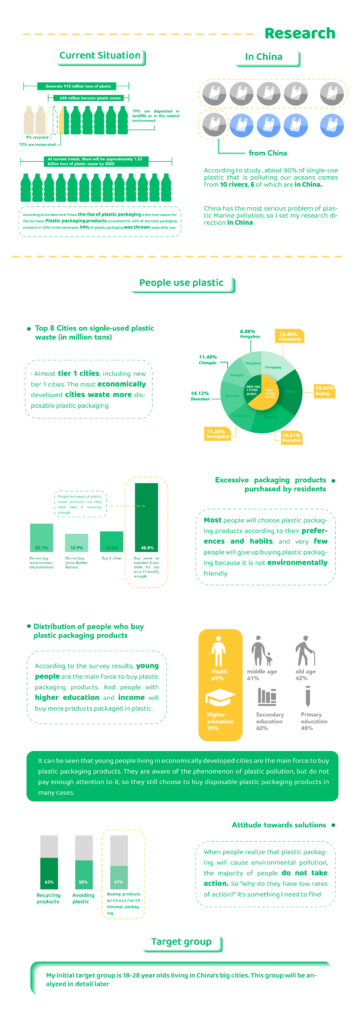
After that, I did further research on the consumption habits of this group. According to the 2019 Urban Community Residents’ Confidence Index on Household Waste Management and to be pleased with the study report shows that 48.8% of people will still buy plastic packaging even though they can realize that it is not environmentally friendly. Only a tiny percentage of people will give up buying plastic packaging because they are not environmentally friendly. This shows that people have a herd mentality but also shows that people do not pay enough attention to the problem of plastic pollution.
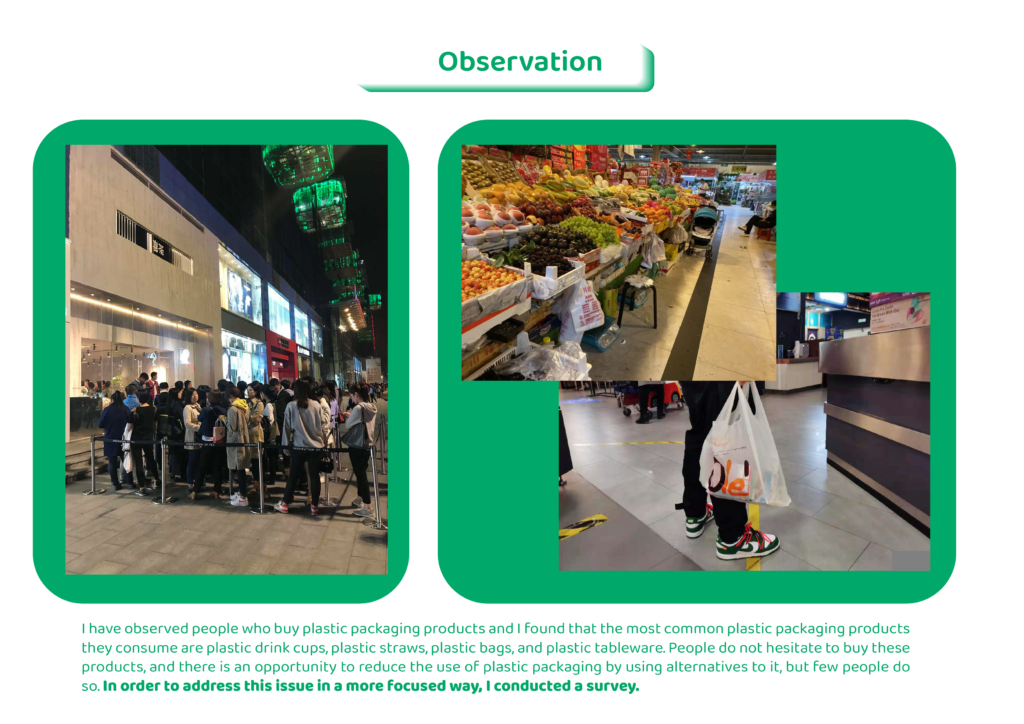
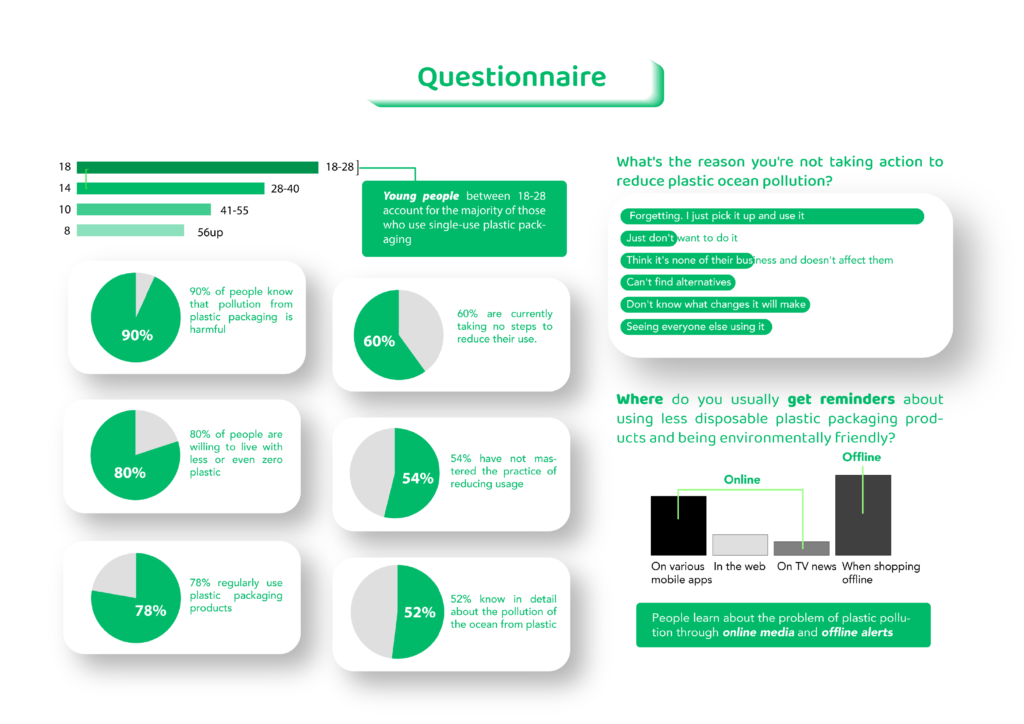
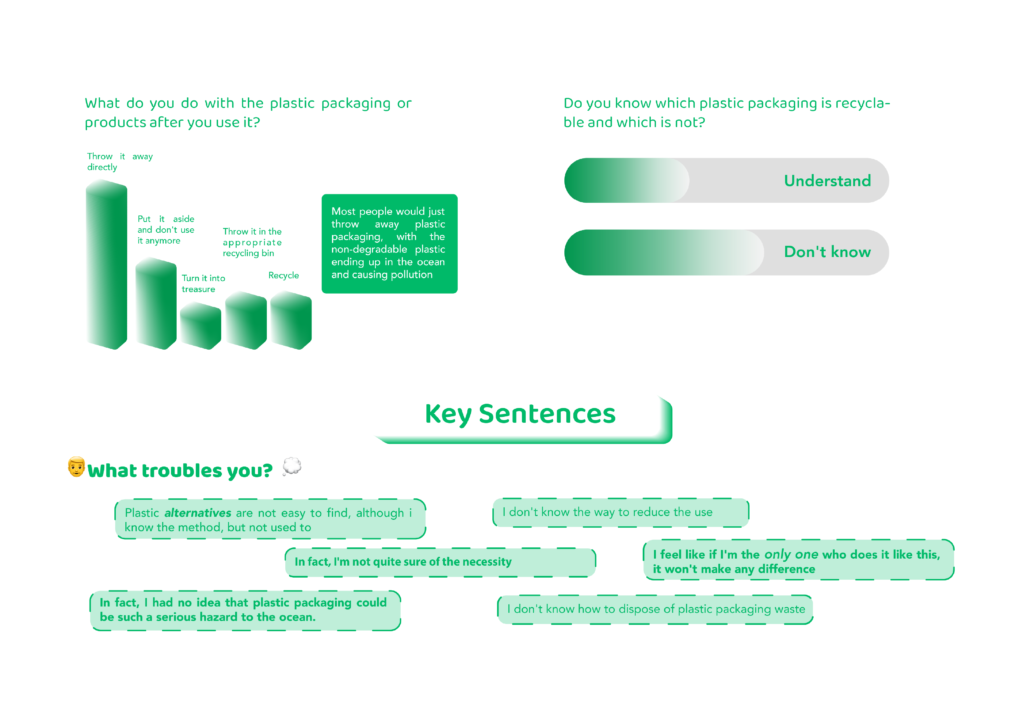
To solve this problem more focused, I made a questionnaire. The results show that 90% of people know that plastic packaging causes pollution. Still, only 52% of people have detailed knowledge of marine pollution, and 60% of people have not yet taken any measures to reduce plastic. The results of the question “Why aren’t you taking action to reduce ocean pollution?” show that most people follow the herd when shopping for plastic packaging products. Some people believe that marine pollution does not affect them because they do not know that the microplastics produced by the decomposition of plastic waste in the ocean will eventually affect their health through the food chain. Others are losing their enthusiasm for action because they don’t see how their actions will make a difference. I then checked the way these people dispose of their plastic packaging after use, and the results showed that most of them dispose of their plastic waste without separating it. They don’t know how to separate their plastic waste.
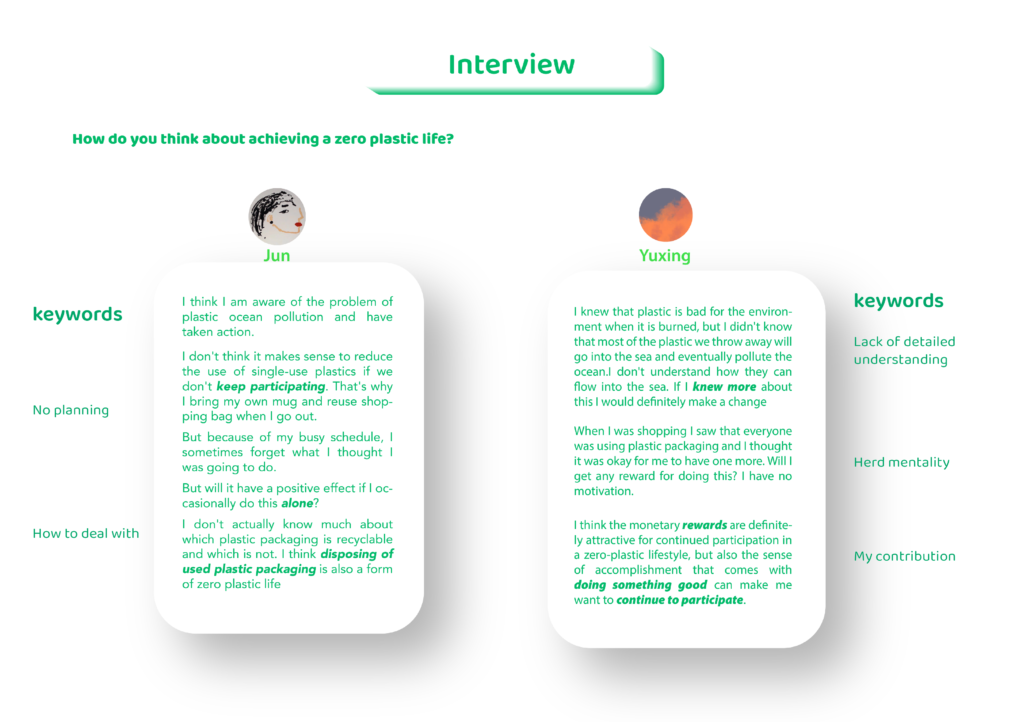
Based on this, I interviewed the target group to understand people’s consumption mentality. Because of the mix of things they do every day, I found that young people forget about decisions they have already made, especially those that do not affect their studies or work. This shows that they do not have a detailed plan in advance for their daily life and they do not pay enough attention to the plastic ocean problem. Based on the above preliminary survey, I have developed my own insight.
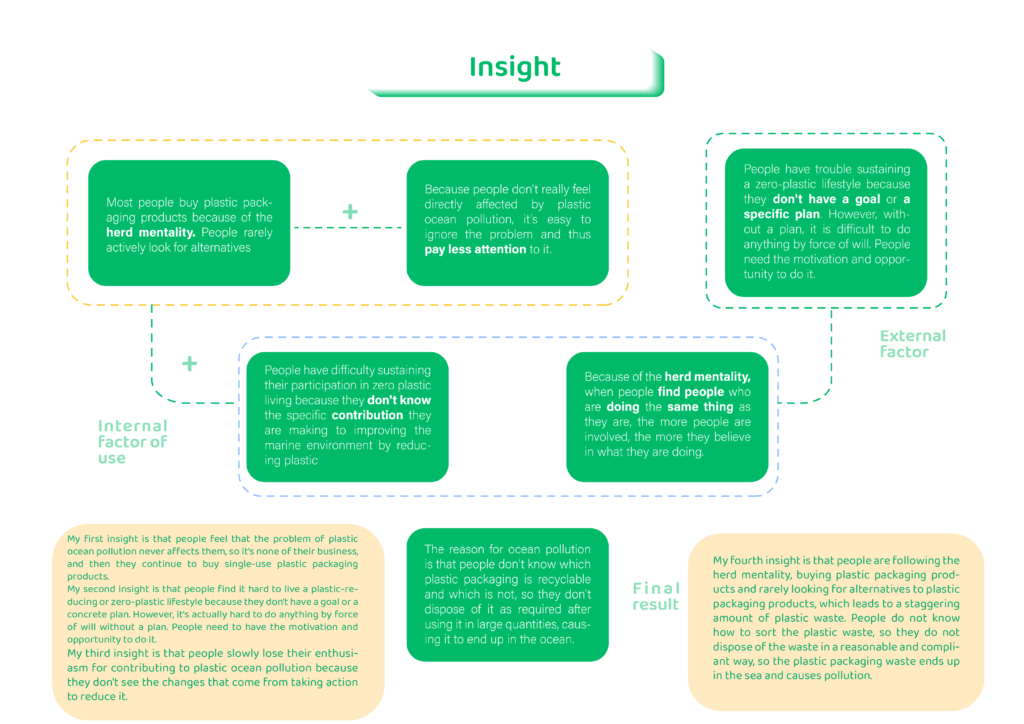
My first insight is that people feel that the problem of plastic ocean pollution never affects them, so it’s none of their business, and then they continue to buy single-use plastic packaging products.
My second insight is that people find it hard to live a plastic-reducing or zero-plastic lifestyle because they don’t have a goal or a concrete plan. However, it’s actually hard to do anything by force of will without a plan. People need to have the motivation and opportunity to do it.
My third insight is that people slowly lose their enthusiasm for contributing to plastic ocean pollution because they don’t see the changes that come from taking action to reduce it.
My fourth insight is that people are following the herd mentality, buying plastic packaging products and rarely looking for alternatives to plastic packaging products, which leads to a staggering amount of plastic waste. People do not know how to sort the plastic waste, so they do not dispose of the waste in a reasonable and compliant way, so the plastic packaging waste ends up in the sea and causes pollution.
I drew a user journey map and persona to analyze the user psychology further and used it in the next final design idea.
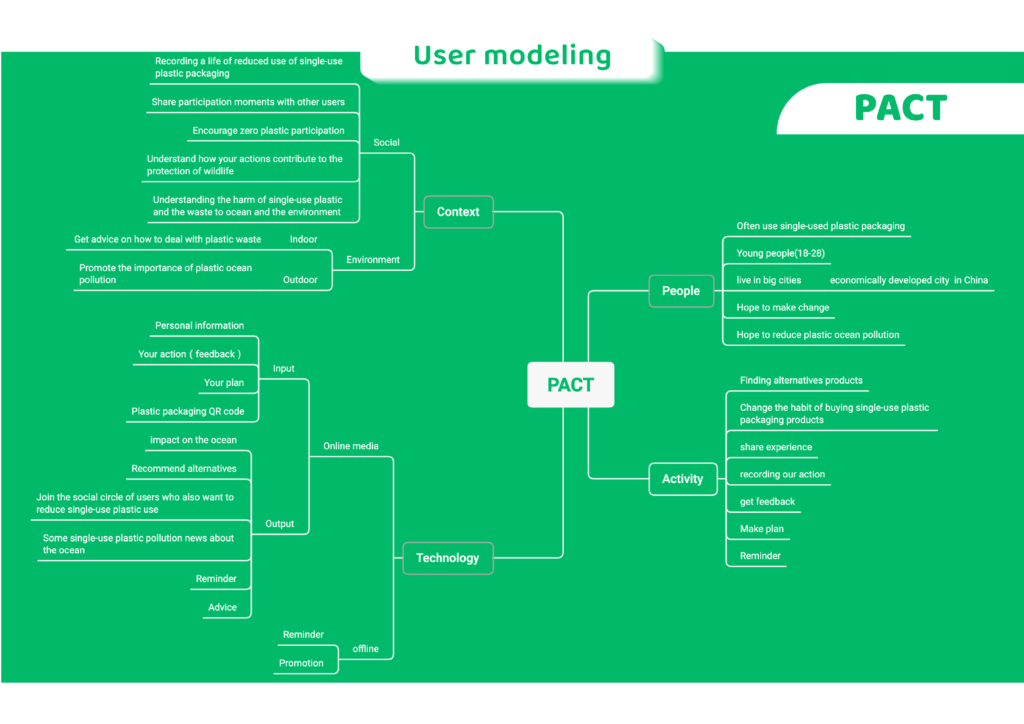
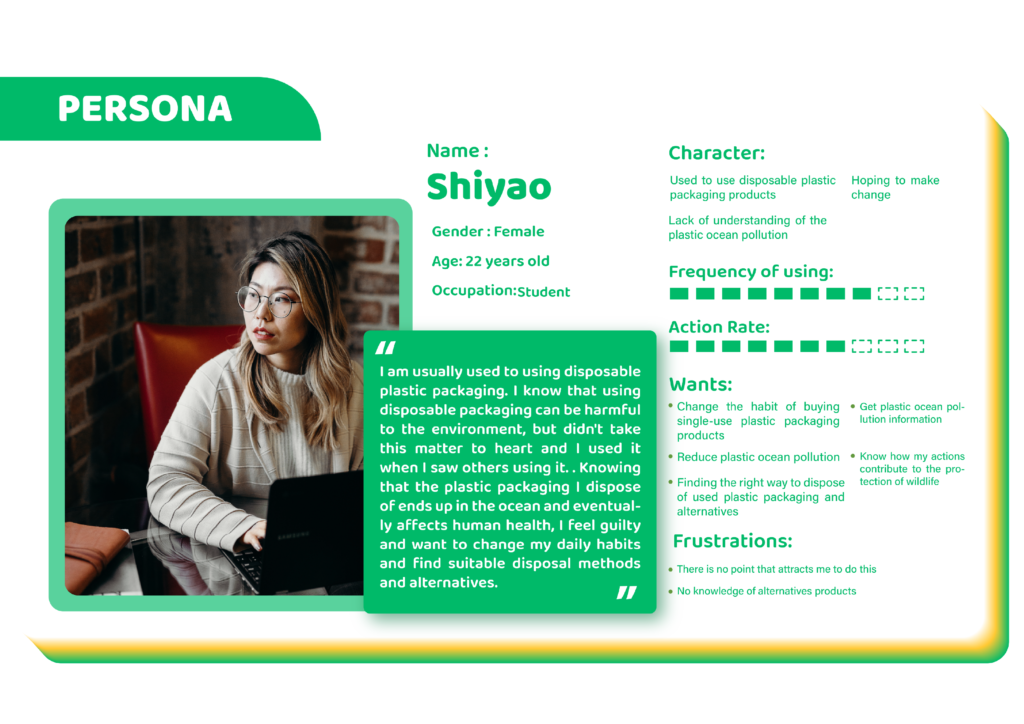
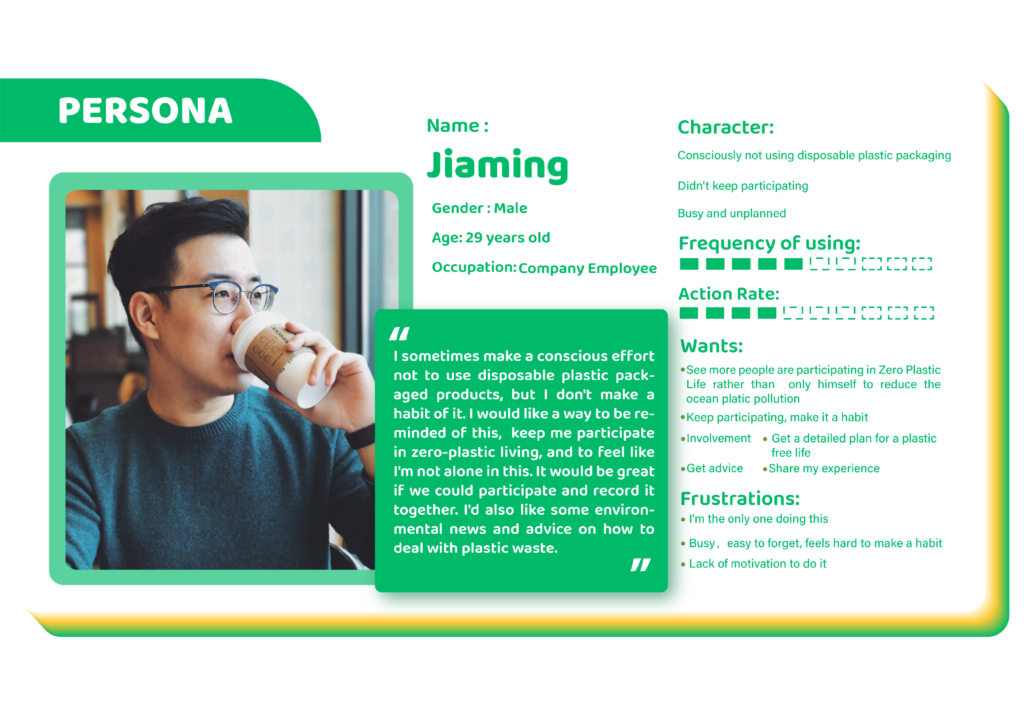
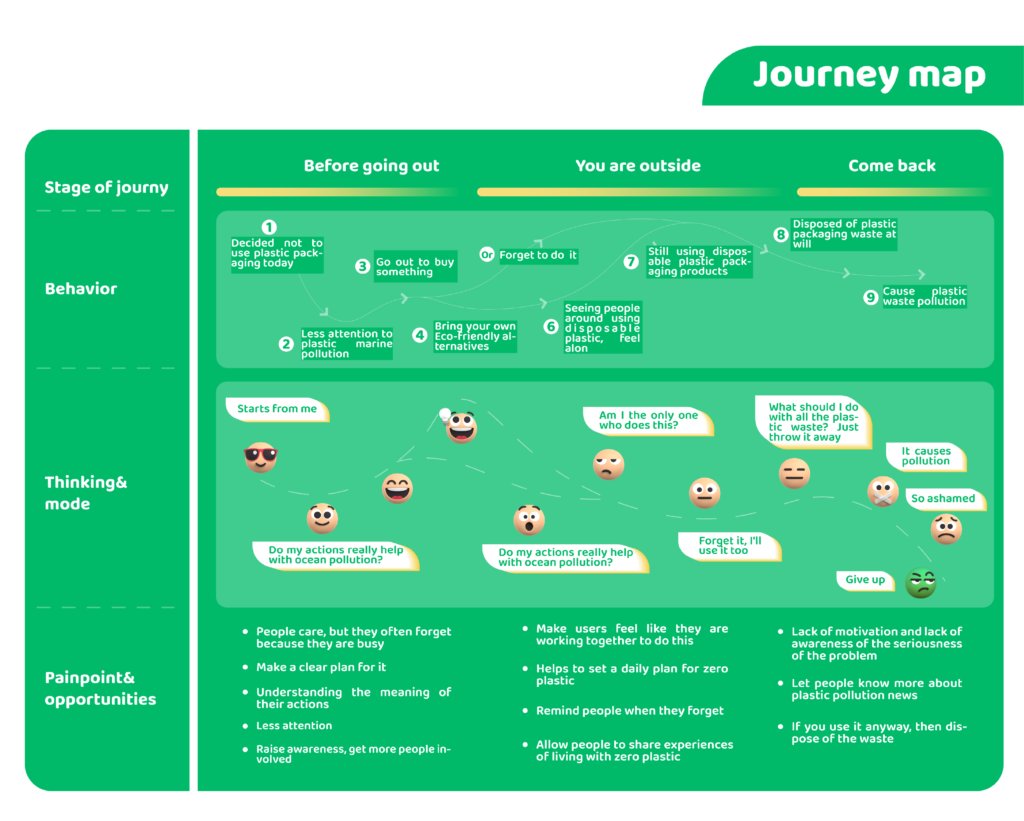
My IDEA is to visualize the process of the bad cycle of plastic packaging in the ocean life chain, to express the concept that the plastic we use will eventually return to our bodies. In this way, I want to attract people to participate in the zero plastic life
then provide a platform to help people set a clear plan for zero plastic living and record users’ footprint in reducing their use of plastic packaging. At the same time, they can share their zero plastic lives on this platform.
Then create a completion ranking to take advantage of users’ comparison mentality and keep them engaged.
